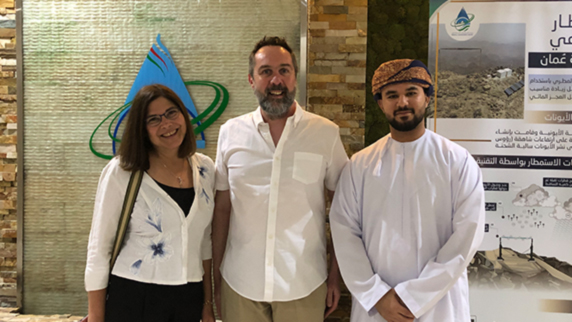

IEA weather and climate experts, Dr. Maria Noguer and Dr. Ben Lloyd-Hughes, were recently in Muscat, Oman to present the results of a statistical analysis project examining the outcome of Oman’s national rainfall enhancement programme between 2019-2022 at a workshop organised by the National Rainfall Enhancement Centre.
The workshop was the culmination of a successful project undertaken on behalf of the Ministry of Agriculture, Fisheries Wealth and Water Resources, Sultanate of Oman.
The analysis looked at different regions of the country where rainfall enhancement stations (RES) have been installed. The IEA team employed a two-step regression-based procedure to estimate the amount of rainfall attributed to RES operations, using a comprehensive dataset derived from raw meteorological observations and operational schedules, including RES and rainfall gauge networks, radiosonde profiles, DGMAN weather stations, and records of the operational status of the RES.
By analysing rainfall frequency, intensity, and distribution in both regions, we were able to provide valuable insights into the effectiveness of RES and their impact on precipitation levels in Oman. The investigation examined the implications of weather anomalies on the rainfall enhancement analysis and modelling, highlighting the challenges in determining the actual impact of RES on precipitation levels and discussing potential biases in the statistical models.
The findings of the investigation have the potential to contribute to the development of more effective rainfall enhancement strategies, inform decision-making regarding water resource management in arid and semi-arid regions and promote a better understanding of the complex interactions between meteorological factors and rainfall enhancement technologies.
Tell us about your data challenge

Upcoming webinar: The impact of variable weather on price distribution in an evolving GB electricity system
The GB energy market is going through fundamental change. Ever higher proportions of renewables and storage, increasing flexibility and uncertain weather patterns all affect price formation and the financial performance of solar, wind and storage assets.
Read more…
Helping SMEs boost growth through data and software innovation
Over the spring and summer, we’ve been busy providing data analysis and software support to several SMEs to help turbo-charge their growth and product development ambitions.
Read more…
Modelling the economics of long-duration energy storage
Our energy modelling team recently worked with a South African energy company to support the analysis for their novel gravity storage system.
Read more…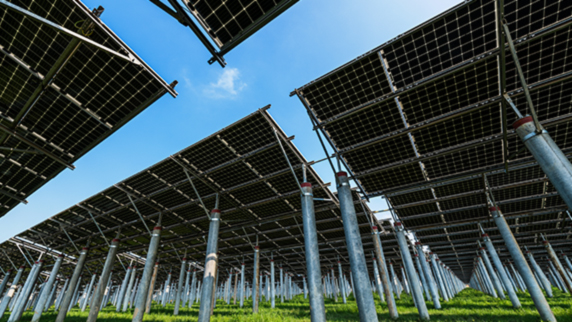
Integrating solar, wind and BESS onto a large research campus
Our energy analysts recently worked with a large organisation to understand the potential for integrating solar, wind and BESS into their existing energy infrastructure.
Read more…
Analysing solar and wind generation for energy trading
Our data scientists are working with an innovative energy business in South Africa to explore the potential for optimising their trading activity.
Read more…
Providing meteorological data for novel wind turbine analysis
Working with clean tech start-up Ilosta to provide bespoke meteorological data and weather consultancy in support of the testing of their new wind turbine blade analysis software, ‘Crack Map’.
Read more…
Developing an IaC solution for new remote monitoring platform
Software engineers at the IEA recently provided technical consultancy to UK-based Dyna-mo Instruments to develop an Infrastructure as Code (IaC) solution to deploy their new SaaS-based remote monitoring software into AWS.
Read more…
Preparing geospatial data to support climate action in the UK
The IEA has been awarded a contract from the National Centre for Earth Observation to enable the effective translation of climate data
Read more…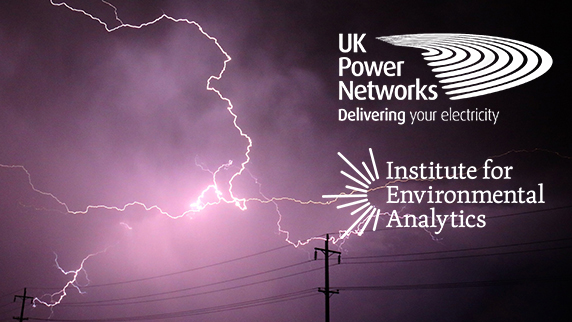
Partnering with UK Power Networks on new Ofgem-SIF Innovation Project
The Institute for Environmental Analytics has been awarded an initial 2-month Discovery Phase project to investigate the potential for developing a weather and climate monitoring platform for UK Power Networks, one of the UK’s leading DNOs (Distribution Network Operators).
Read more…
IEA secures UKRI Round 2 funding for novel energy market modelling initiative
After a successful 3-month discovery activity, we are pleased to announce that we have been awarded a 12-month follow-on project from UKRI (UK Research & Innovation) to further develop our innovative economic dispatch modeling technology.
Read more…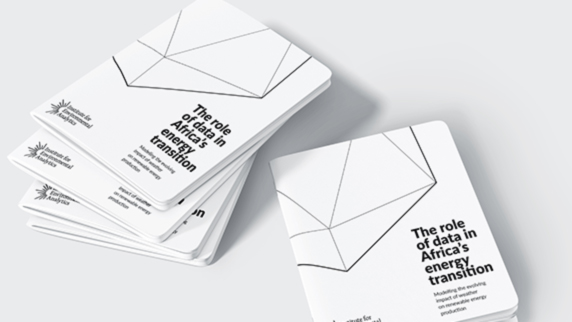
The IEA publish white paper exploring the role of weather data in Africa's energy transition
The Institute for Environmental Analytics is pleased to announce the release of our white paper which looks at how weather variability can affect solar and wind production.
Read more…
Providing software engineering support for new Sustainability platform
Supporting UK-based start-up InForecast Limited.
Read more…
Analysing cloud seeding programme in Oman
We are pleased to have been awarded a contract from the Ministry of Agriculture, Fisheries Wealth and Water Resources, Sultanate of Oman to undertake a statistical analysis of the results of the rainfall enhancement programme between 2019-2022. This innovative national initiative…
Read more…
Assessing climate impacts on horticulture
Modelling the impact of climate change on crops
Read more…
Innovate UK bid win for energy market modelling
Modelling the impact of weather and climate change in future energy markets.
Read more…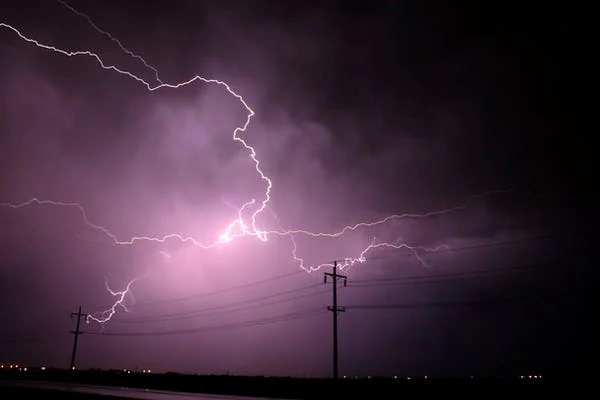
Assessing weather impacts on electricity networks
The IEA team has recently completed Phase 1 of a project to assess the impact of weather and climate on electricity networks.
Read more…
Suriname pilots EnergyMetric to further energy transition
The IEA is delighted to have signed an MOU with the Suriname Energy Chamber for a pilot initiative to demonstrate the potential for EnergyMetric to inform renewable energy transition options in the country.
Read more…
EnergyMetric launches in Africa
The IEA was in Cape Town from 7-9 June to launch EnergyMetric at Enlit Africa.
Read more…
New funding announced at CREF 2022
We’re proud to announce the roll out of EnergyMetric across six small island states, thanks to further funding from the UK Space Agency.
Read more…
Energy workshop for Birkbeck students
During March, the IEA will be delivering a special workshop on energy modelling to students on the Energy and Climate Change course at Birkbeck College, London.
Read more…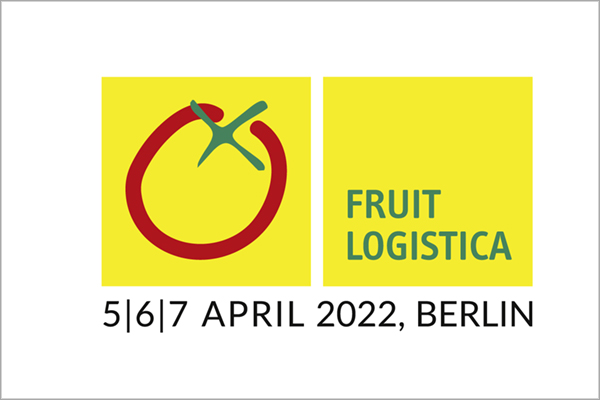
WeatherAsset exhibiting at Fruit Logistica
We will be showcasing our suite of weather modelling software, data and consultancy services at Fruit Logistica 2022 in Berlin between 5th-7th April.
Read more…
EnergyMetric at Solar Finance and Investment Europe
Solar Media Events will host the 9th edition of Solar Finance and Investment Europe in London on 8-9 March 2022.
Read more…
Launch of EnergyMetric
After 5 years of R&D effort funded by the UK Space Agency’s International Partnership Programme (IPP), we are pleased to announce the commercial launch of EnergyMetric.
Read more…